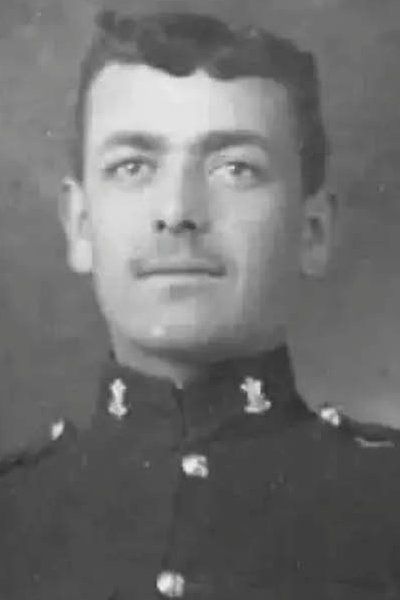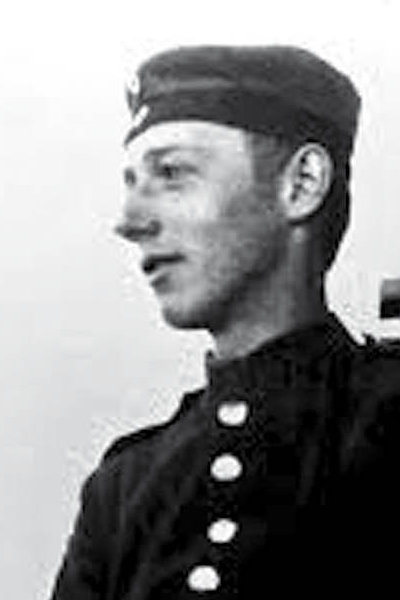World War I
The Great War, also known as World War I (WWI), breaks out on 28 July 1914, exactly one month after the assassination of Archduke Franz Ferdinand, the heir to the Austrian throne, in Sarajevo. As Austria declares war on Serbia and Russia sided with the small Balkan country, the situation escalates rapidly.
The result is years of fighting on several fronts between the Allies (especially France, Britain, and Russia) and the Central Powers (Austria-Hungary, Germany, Italy, and Turkey). The Netherlands remains neutral. When America enters the war in early 1918, the balance tips in favor of the Allies. On 11 November 1918, an armistice is declared in Compiègne, France.remains neutral. When America enters the war in early 1918, the balance tips in favour of the Allies. On 11 November 1918, an armistice is decided in Compiègne, France.
Casualties: nearly 10 million military personnel and an estimated 10 million civilians, including the approximately 1.5 million killed by the Armenian genocide.


